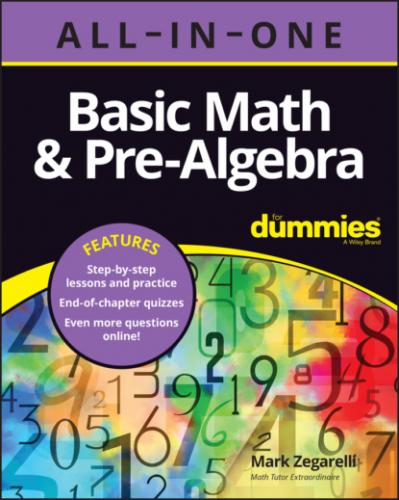Next, you want to subtract
Now, you can subtract
To complete the problem, subtract
Therefore,
Calculating with stacked multiplication
Stacked multiplication provides a systematic way to multiply a pair of larger numbers.
For example, to multiply
Next, multiply
Now, multiply
To finish the problem, multiply
Therefore,
When multiplying by a number that has more than one digit, multiply each digit in turn by the top number, and then finish by adding the results. For example, to multiply
Next, multiply
Before moving on, notice that I have lined up this result, 658, with the multiplier, 7. To complete the problem, add these two results as follows:
Therefore,
Understanding long division
Long division allows you to divide larger numbers in a systematic way.
For example, to divide
Begin by trying to divide 6 into the first digit of 347 by itself. Because 3 is less than 6, this division doesn’t work. Next, try dividing 6 into 34. In this case, 6 goes into 34 as many as 5 times, so record this answer over the 4:
Now, multiply
To complete this step, subtract
At this point, you have a new number to try dividing 6 into: 6 goes into 47 no more than 7 times. Now, multiply
To finish up the problem, subtract
Thus,
As another example, suppose you want to divide
To begin, note that you can divide 1,006 into 7,458 a maximum of 7 times. Thus, write 7 above the 8, multiply
Now, you can divide 1,006 into 4,165 a maximum of 4 times. So write 4 above the line after the 7, multiply
To
